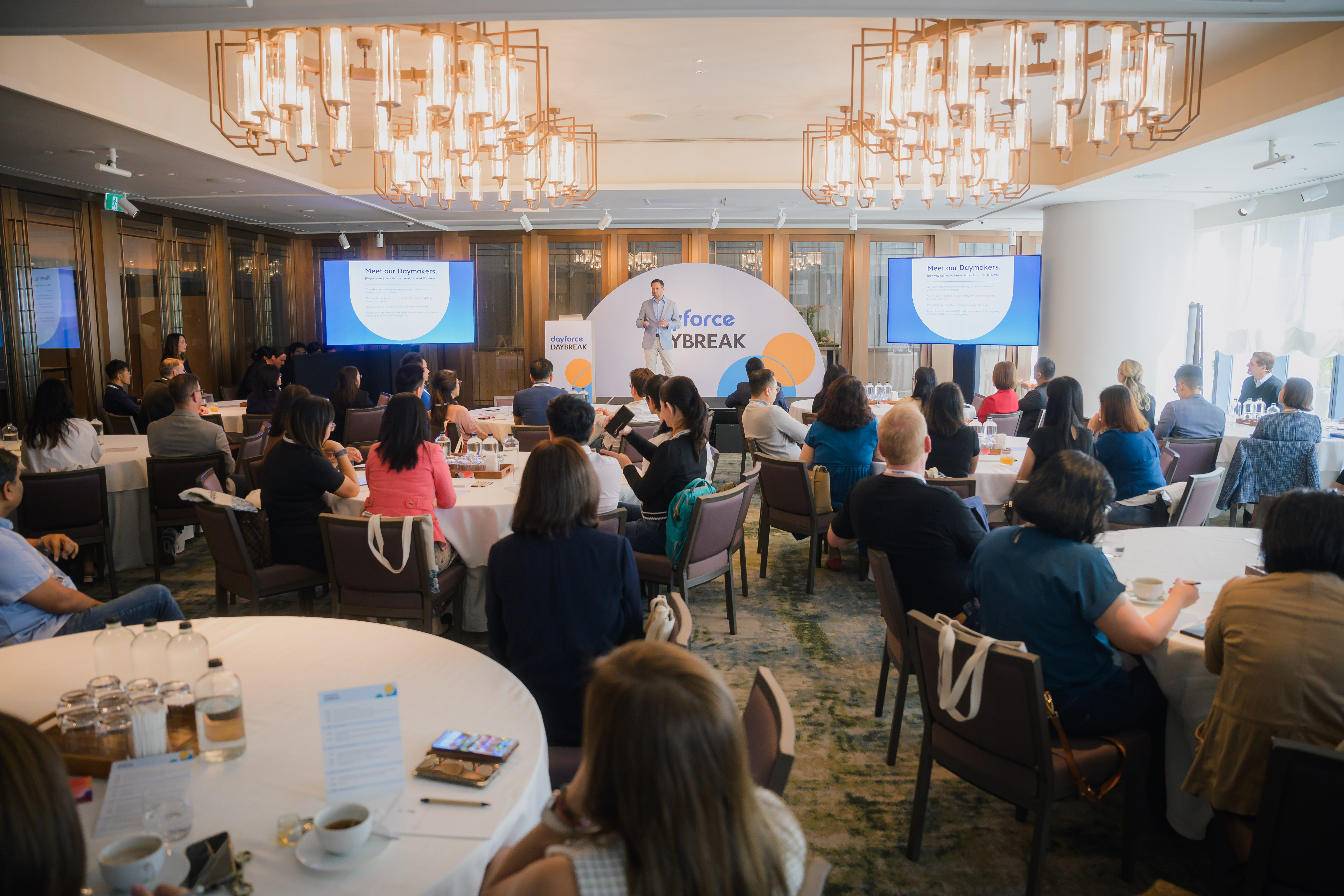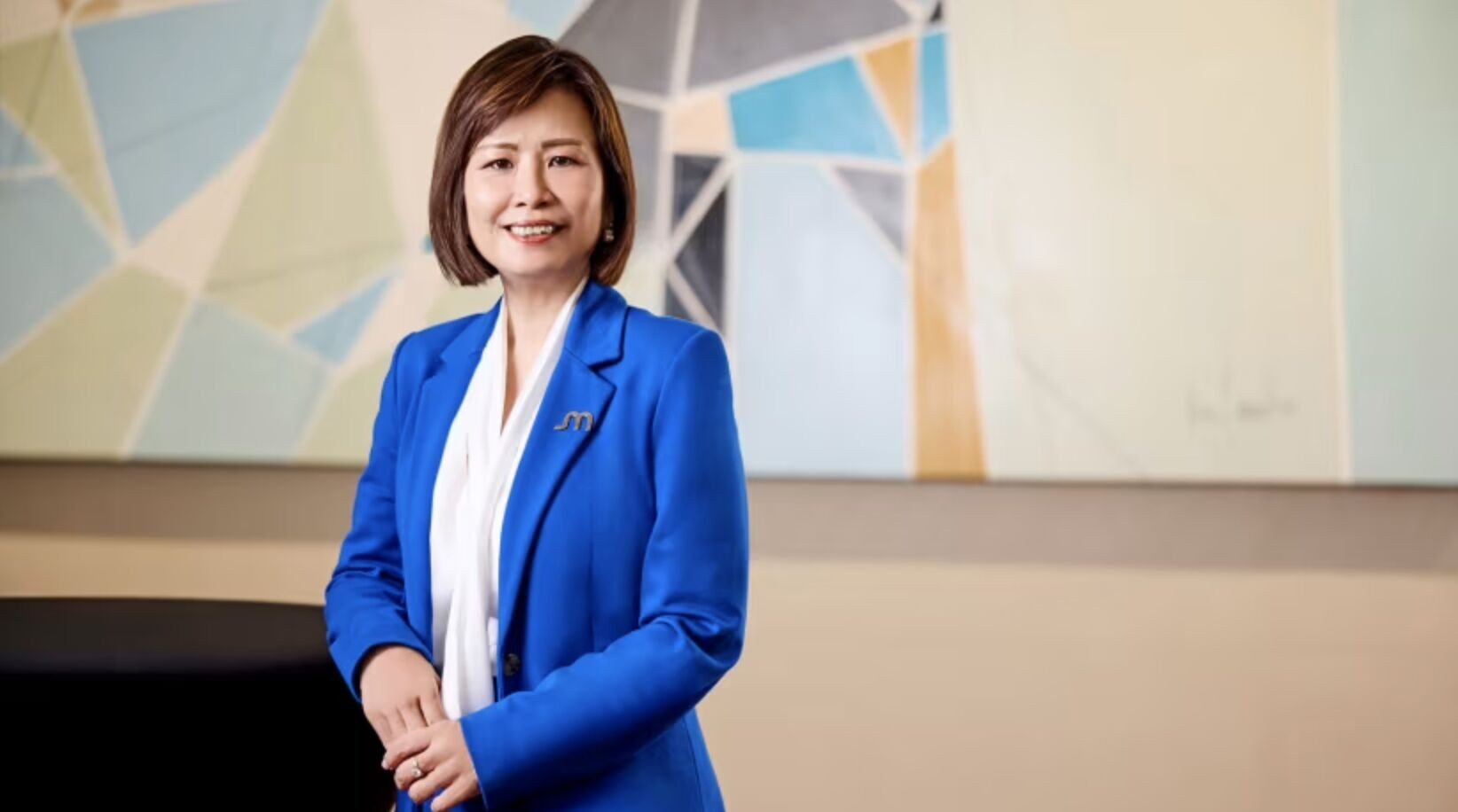Pioneering flexibility and compliance in the evolving Asian workforce
- Shawn Liew

One of the key discussion points at the Dayforce Daybreak event, held recently in Singapore, is the dawn of a new workforce era that is defined by the boundless workforce.
For many organisations, 2024 has been characterised by diverse challenges driven by a constantly evolving workplace.
The changing expectations of employees and the increasing complexity of compliance, for instance, has made today’s workforce nothing like it used to be, said Steve Holdridge, President and Chief Operating Officer, Dayforce.
At the start of this new workforce era, a ‘complexity crisis’ has emerged, as Holdridge described, “There is a conflict between employees looking for empathy and flexibility in terms of where and how they work; and companies worried about compliance, productivity, efficiency, and recruiting and retraining talent.”
“With a different workforce and environment, systems built years ago can’t handle these and a different way of thinking is required.”
Holdridge was speaking with HRM Asia at the recent Daybreak event organised in Singapore by Dayforce, which took a deep dive into how organisations can break through complexity and drive high performance in today’s world of work.
One key concept Dayforce highlighted evolved around the concept of the boundless workforce, or one that is increasingly fluid, borderless and always on.
Having been in the payroll business for almost 40 years as first Ceridian before earlier this year being rebranded as Dayforce, the organisation is in a better position than most to support payroll compliance globally.
Joe Korngiebel, Chief Strategy, Product and Technology Officer, Dayforce, elaborated, “We are now putting technology to play where we are starting to really grow our global payroll footprint so that we can use our marquee product – a payroll system within our HCM suite – to pay people accurately, no matter where they are in the world.”
“We’ve built the technology to deliver some localised payrolls as part of our platform, and then we built an industry-leading integration capability so we can partner with local income payrolls to provide organisations with a seamless experience and assurance that they have paid their people accurately.”
With compliance no longer a nagging concern, organisations can then devote their time to connecting with their employees, whether they are working remotely or in a hybrid environment. In Asia, this can be integral in supporting the way people want to work and how organisations can grow.
How technology can support simplicity at scale in Asia
One of the challenges that organisations operating in Asia continue to face is the sheer diversity of the region, which presents multiple languages, beliefs, business models, and ways in which people work.
 “If you are going to be able to manage a workforce across a region as diverse as Asia, you need technology and capability that understands individual complexities.” – Steve Holdridge, President and Chief Operating Officer, Dayforce.
“If you are going to be able to manage a workforce across a region as diverse as Asia, you need technology and capability that understands individual complexities.” – Steve Holdridge, President and Chief Operating Officer, Dayforce.
From Singapore to Japan to India, there are unique and complex local conditions that need to be understood. “One of the reasons we have been successful in Asia is our ability to deal with the complexity across regions and countries, while delivering a single view of user experience and compliance,” said Holdridge. “If you are going to be able to manage a workforce across a region as diverse as Asia, you need technology and capability that understands individual complexities. That’s why we use the term simplicity at scale – how do you use technology that deals with the complexities but makes the user experience simple for employees.”
Having joined Dayforce in 2020, he has witnessed firsthand the organisation’s significant growth in Asia. With Asia continuing to represent a key growth area for Dayforce, Holdridge attributed two key success factors.
Firstly, the Dayforce global people platform is continuing to provide a solution that offers a single set of technology for organisations that have operations across Asia, regardless of where they are physically located.
Secondly, more organisations that are headquartered in North America or Europe are looking to expand into Asia, as Holdridge explained, “Over the past four years, more and more companies that have North American or European operations have branched out in creating shared services centres in Asia. They are expanding into Asia in terms of labour arbitrage and taking advantage of the amount and capability of talent. However, they are not able to understand the complexities of the HR environment, the complexities of the compliance environment, as well as the laws and rules and regulations, and this is where Dayforce comes in.”
Within this sphere of influence, AI is likely to play a key role in shaping the way organisations work, albeit with a few caveats.
As a technologist, Korngiebel is understandably excited about the promise of what AI can do. However, he urged organisations not to lose focus on what AI means for their employees and how they should leverage the technology to help make employees’ work lives better.
Next, organisations need to ask themselves if AI adds value to what they are doing. “Almost every company globally is going through efficiency and productivity measures, so how can AI help you do more with less?”, asked Korngiebel.
Reiterating the importance of people connection, he highlighted how AI is starting to automate the mundane tasks that HR administrators used to engage in, freeing up their time to have meaningful conversations with employees.
“Instead of spending hours doing research on if an employee can work in a location temporarily or how they are paid, HR can now spend minutes or even seconds to find the answers, giving them more time to have human conversations.”
Hyper personalised automation set to take centre stage in 2025
While Korngiebel sees AI automating even more tasks as 2025 begins to appear on the horizon, he envisions the rise of hyper personalised automation as the next evolution of AI in the workplace.
 “I think the one big trend we are going to see in 2025 is this hyper personalisation of automation, where what we hope to get out of AI will be grounded in reality with value.” – Joe Korngiebel, Chief Strategy, Product and Technology Officer, Dayforce.
“I think the one big trend we are going to see in 2025 is this hyper personalisation of automation, where what we hope to get out of AI will be grounded in reality with value.” – Joe Korngiebel, Chief Strategy, Product and Technology Officer, Dayforce.
For example, hyper personalised automation can help recruiters scan resumes for specific skills they are seeking, eliminating the need for recruiters to manually look through hundreds of resumes.
“Technology is blending some of the automation capabilities with the personalisation that we have seen happen over the last few decades,” said Korngiebel. “Bringing that together in HR tech, hyper personalised automation for example, knows the user when it automates the initial draft of a performance review. It has been trained on the user’s culture, core values and knows what the user is looking for.”
READ MORE: Making work life better: The next step on the Dayforce journey
In a world of work where organisations are under increasing pressure to do more with less, Dayforce believes hyper personalisation can be a key value equation in driving higher productivity and efficiency.
“I think the one big trend we are going to see in 2025 is this hyper personalisation of automation, where what we hope to get out of AI will be grounded in reality with value,” concluded Korngiebel.
For more news and analysis on the latest HR and workforce trends in Asia, subscribe to HRM Asia and be part of the region’s largest HR community!






